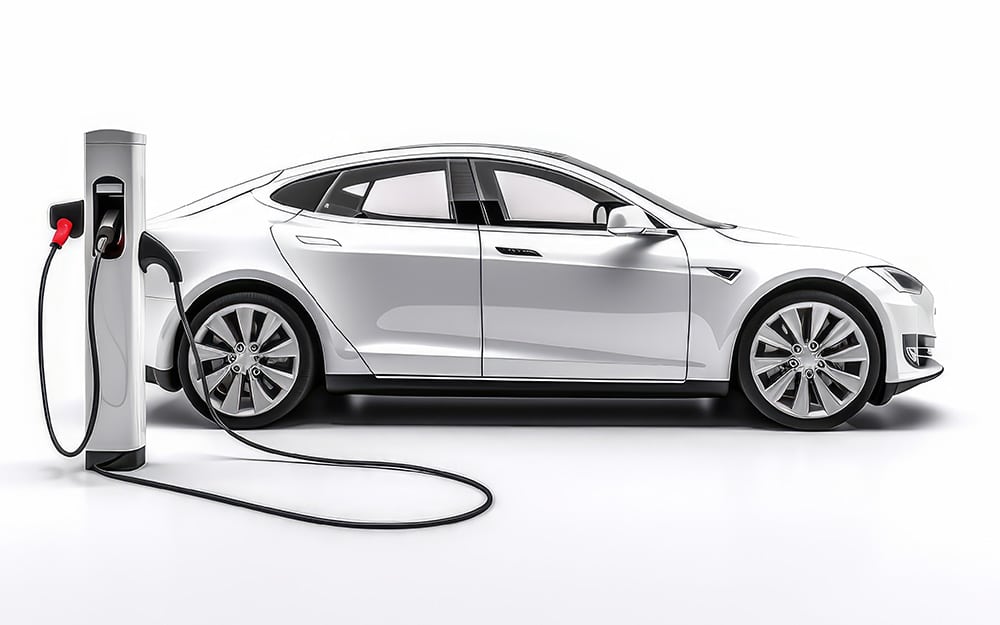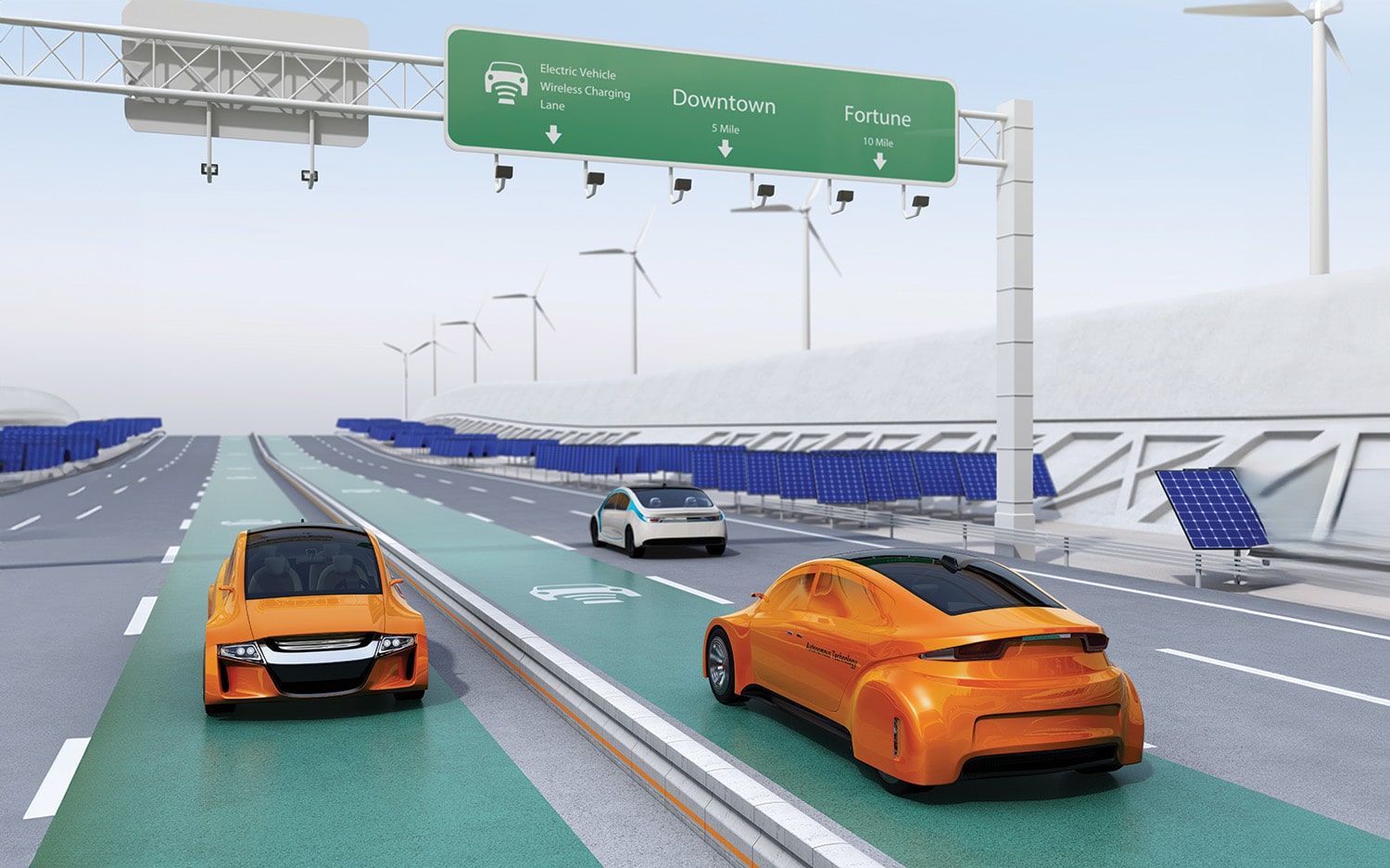The Green Standard
Electric vehicles (EVs) are gaining popularity and market share so much that in the second quarter of 2022, EV sales accounted for 5.6% of the total auto market compared to 2.7% in Q2 of 2021. However, some potential EV drivers remain hesitant to make the switch due to the lack of public charging stations. To transition more drivers to EVs, municipalities are acting swiftly to ensure enough charging stations are available to meet growing consumer demand.
Federal Funding
To make EV charging widely accessible to EV drivers across the country, the federal government has appropriated $7.5 billion to build a national network of EV charging stations through the $5 billion National Electric Vehicle Infrastructure (NEVI) Formula Program and $2.5 billion in competitive grants. Last month, the U.S. Department of Transportation (DOT) approved plans from all 50 states describing how they will use NEVI funds to build out DC fast charging stations along interstate highways.
In addition to federal funding for EV charging along major travel corridors, the Inflation Reduction Act (IRA) extends the existing alternative fuel vehicle refueling property credit through 2032. First, the IRA temporarily renews the original credit of 30% up to $30,000 per property. Then, beginning next year, it allows taxpayers to claim a base credit of 6% for expenses up to $100,000 (for each piece refueling property at a given facility) so long as the property is placed into service—within an eligible census tract—before January 1, 2033. A bonus credit (up to 30%) may be given if other eligibility provisions are met. (To claim the bonus credit amount with respect to eligible property,
taxpayers must satisfy prevailing wage and apprenticeship requirements.)
State Governments are Leading the Way
State governments also moving quickly to craft policies that promote electric vehicles. For example, California regulators approved rules banning the sale of new gas-powered cars by 2035. Following California’s example, New York’s Governor Kathy Hochul directed the N.Y. Department of Environmental Conservation to develop draft rules requiring a growing percentage of new light-duty vehicle sales to be zero-emission vehicles, beginning with 35% in model year 2026. In addition, 16 states follow vehicle emission standards established by California. As states move further down the road to EV adoption, municipalities and parking operators must develop a comprehensive strategy for charging to meet increasing demand.
Strategy for Success
Municipalities and parking operators that develop their EV strategy now will benefit much more than those which wait. Timing is critical because federal funding will not last forever, and those that delay will be left scrambling to find any source of funding to offset the cost of EV installation.
The federal government’s NEVI program prioritizes the Alternative Fuel Corridors (AFCs), which require a maximum of 50 miles between public charging facilities which must be no more than one mile from an interstate highway. Municipalities and parking operators that meet Alternative Fuel Corridor requirements may be eligible for grant funding and should contact your state DOT. Municipalities and parking operators that are not eligible for NEVI funding but still wish to leverage federal dollars should watch for the upcoming $2.5 billion competitive grant programs to be split 50-50 between corridor and community charging. The U.S. DOT is expected release guidance for the competitive charging grant programs soon.
A second important factor for the success of public-facing EV charging stations is what type of charger to install. Level 3 (direct current (DC) fast chargers) stations can provide more than 150 miles in a 30-minute charge compared to a Level 2 (L2), which provides up to 65 miles in an hour. However, DC fast chargers are significantly more expensive than L2 chargers. Depending on the type of charger purchased, the total cost to install a fast charger could be over $100,000. Further, according to the U.S. Department of Energy, 80% of EV charging is done at home due to the convenience and low cost of residential charging. Therefore, it may not be worth the cost to install expensive fast chargers when today’s L2 chargers can provide more than enough miles of range at locations where vehicles are parked for several hours.
Another major factor for municipalities and parking operators to consider is the best EV charging business model. A potential site host, such as a municipality, may purchase a charger but not want to operate a charging station directly and prefer an owner-operator model instead. For example, a charging company and a site host will agree on an arrangement where the charging company installs and operates the charging infrastructure at the owner’s site, and the site host is not responsible for maintenance, utility coordination, or other operational costs of the EV charging station. The owner-operator model enables the municipality or parking operator to provide EV charging while leaving station management to their charging company partner. Further, site hosts who utilize an owner-operator model limit their financial risks.
Conclusion
With Americans driving EVs in record numbers and billions of dollars in new federal funding, municipalities and parking operators need to start planning now for the electrification of transportation. A strategic EV plan that leverages federal funding, selects the correct charger, and identifies an optimal business model will prepare municipalities and parking operators to be successful.
Matthew Chen is Director of Government Affairs for Blink Charging.
-
This author does not have any more posts.

Seven-Generation Decision-Making
A major factor of sustainability is thinking about how we

Electric Vehicle Charging Operations Research
Preliminary Results

Detroit Paves the Way
Are We Ready for Wireless Charging Roads?






